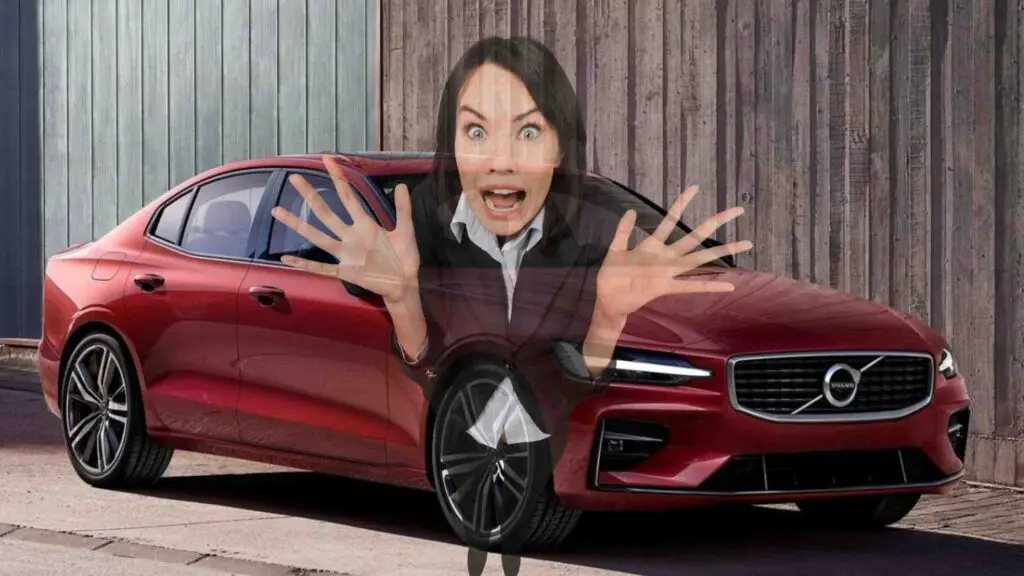Is the Volvo s60 discontinued? The Volvo S60 was once a notable competitor to luxury sedans like the BMW 3 Series and Mercedes-Benz C-Class. It is coming to the end of its production. This announcement was made in June 2024. The news signals the end of a 24-year journey for the compact luxury sedan in the US market.
This decision is part of Volvo’s strategic shift towards electric vehicles, notably the all-new EX90 SUV. Here’s a closer look at the S60’s journey, its significance, and what the future holds for Volvo.
DiscontinuedNews is impartial and independent, and every day, we create distinctive, world-class programs, news, and content that inform, educate, and entertain millions of people worldwide.
The rise and fall of the Volvo S60

The Volvo S60 was introduced in 2000. It aimed to combine safety, luxury, and a hint of Swedish style in a compact vehicle. It was marketed as a more economical option than its German competitors. Over three generations, the S60 earned a reputation as a reliable, comfortable, and safe vehicle. Despite its features, it never achieved the market share that BMW and Mercedes-Benz did.
First Generation (2000–2009):
The first S60 was manufactured in Sweden. It offered a choice of engine options, including turbocharged variations that attract customers who want performance. It featured Volvo’s signature emphasis on safety and practicality, wrapped in a modern design for its era.
Second Generation (2010–2018):
The second generation underwent a significant redesign. It was more elegant and had newer technology, giving it a more competitive choice in the luxury sedan market. This generation retained Volvo’s emphasis on safety. It includes features such as city safety, which may help prevent low-speed incidents.
Third Generation (2019-2024):
The current S60 is remarkable for being the first Volvo built in the United States at Volvo’s Ridgeville, South Carolina, facility. It introduced a new design and advanced technology. But, it struggled to keep up with its rivals. Volvo offered a variety of powertrains, including a plug-in hybrid vehicle. It combined performance with eco-friendly driving.
Despite these updates, the S60’s sales differed from its German rivals. In its most incredible year, Volvo sold less than 20,000 units in the United States. In contrast, BMW and Mercedes-Benz consistently sell more than 30,000 units of similar models each year. S60 sales have averaged 10,000 to 12,000 units per year for the past three years.
Why was the Volvo S60 discontinued?
Volvo’s decision to stop manufacturing the S60 is part of a more significant trend in the automotive industry. SUVs are becoming increasingly popular, and many automakers are turning their attention away from sedans. Also, the shift to electric vehicles (EVs) is changing product ranges.
The withdrawal of the S60 will allow Volvo to focus on the forthcoming EX90, an all-electric three-row SUV. The EX90 shows Volvo’s dedication to an electric future. The model is expected to increase profitability. It has a 111.0-kilowatt-hour battery pack. It can deliver up to 496 horsepower and an estimated range of 300 miles on a single charge.
Volvo is one of many brands experiencing a fall in the demand for sedans. Many car manufacturers are discontinuing sedan versions in favor of SUVs and EVs. SUVs are becoming increasingly popular due to their versatility and higher driving position. Also, higher emission restrictions and a growing demand for eco-friendly transportation promote the transition to EVs.
What is the next step for Volvo?
After the S60, Volvo’s future will focus mainly on SUVs and electric vehicles. The S60 manufacturing facility in Ridgeville will be reconfigured for the EX90. Also, it began production earlier this month. This strategic step helps Volvo’s goal of being a 100% electric car firm by 2030.
The EX90, which starts at $77,990, represents a massive stride for Volvo. It seeks to compete in the growing market for luxury electric SUVs. It is positioned between the cheaper Kia EV9 and the premium Rivian R1S. The EX90 will include advanced safety and driver assistance technology, following Volvo’s history of worrying about safety.
In addition to the EX90, Volvo plans to release the EX30. It is a more economical electric vehicle, priced at $34,950. At first, the EX30 will be imported from China. However, plans are underway to manufacture it in Belgium. This will avoid the heavy taxes placed on Chinese imports. As a result, more categories of US customers are likely to have easier access to the EX30.
While the S60 is being phased out, Volvo’s S90 sedan is still available. The future of the Swedish-built V60 wagon, which has many components in common with the S60, is still being determined. It could last a bit longer or be replaced with an electric equivalent fitting into Volvo’s future vision.
Conclusion
The Volvo S60 left a legacy of safety, comfort, and subtle luxury, even if it never reached the sales figures of its German competitors. It provided a unique option in the compact luxury sedan sector, appealing to people who prefer Volvo’s emphasis on safety and utility over competitors’ performance-focused approaches.
The S60’s smooth ride, efficient engines, and wide range of options made it famous with a particular group of purchasers who valued its Swedish sensibility. The decision to leave marks the end of an era for Volvo. The company focuses entirely on electrification and the expanding SUV sector.
The end of Volvo S60 production marks a turning point for the brand and the automotive industry. It reflects broader industry trends toward SUVs and electric vehicles. Also, the decision is driven by shifting consumer choices and environmental concerns. As Volvo moves forward, the S60 will be regarded as a historical vehicle that reflects the company’s core values. Even if the S60 is no longer in production, Volvo’s new line of cars will carry on its innovative spirit and dedication to safety. Thus, it is going to pave the way for an electric future.
